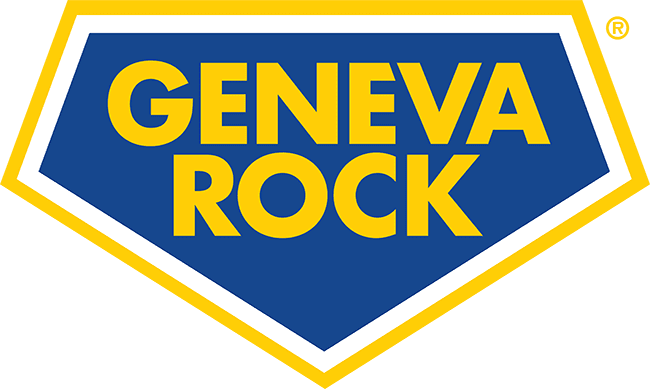The Salt Lake City Airport is a major hub for Delta Airlines. Delta flights make up about 70 percent of the airport’s total volume. In fact, more than 16 million Delta passengers flew through Salt Lake City in 2016.
That’s a lot of frequent flier miles.
It’s little wonder, then, that Delta operates a maintenance hangar at the Salt Lake City Airport. The maintenance hangar can fit two Boeing 757 airplanes side by side and has a parking area that can fit more outside the hangar.
The concrete surface surrounding the hangar has to be strong enough to remain intact even while embracing the continuous parade of 110-ton 7567s and other planes being maintained by Delta.
With the amount of punishment the paved area has to endure, it’s unsurprising that I is designed to have a lifespan of between 25 and 30 years.
When the current pavement hit 25 years, Delta hired our Geneva Rock team to replace it. The job was engineered by our partners, RS&H, and called for a two-phase project that allowed access to the hangar throughout construction. Plans also called for the full-scale construction that reused a large amount of base material from the existing site.
Phase One began in July 2016 and saw our crews remove the concrete, rubblize it (using a machine called a guillotine concrete breaker), then harvest and reuse the material below. We took special care – using a Surestrike Impact Hammer – over utility lines that fed the site.
Even with the extra attention paid to the storm drain system, the piping was placed too close to the surface and was damaged. Delta then asked our team to replace the pipes, adding an unforeseen challenge to the schedule.
A significant engineering challenge to the project was getting the base material to reach 100 percent compaction. The high compaction requirement is part of what makes the pavement able to withstand high-weight work for decades. We continually rolled the site, adding moisture as needed, until the measurements met the required standard.
After compaction, a six-inch layer of lean cement was placed by the concrete team, led by concrete pavement manager Cody Preston. Finally, the 16-inch top layer – made of high-quality Portland Cement Concrete Pavement or PCCP – is reinforced with 1 ¼-inch steel dowell bars between concrete segments to assist with a smooth load transfer.
The Geneva team also offered Delta a price reduction to move construction of Phase Two to earlier in the construction season, when crews and materials are traditionally in less demand. The agreement allowed the project to be scheduled for a June 1 completion date – earlier than the original start date for Phase Two.
Our Geneva Rock team has worked tirelessly to meet the demands of the nation’s second-largest airline and has performed top-of-the-line service from takeoff to landing.
